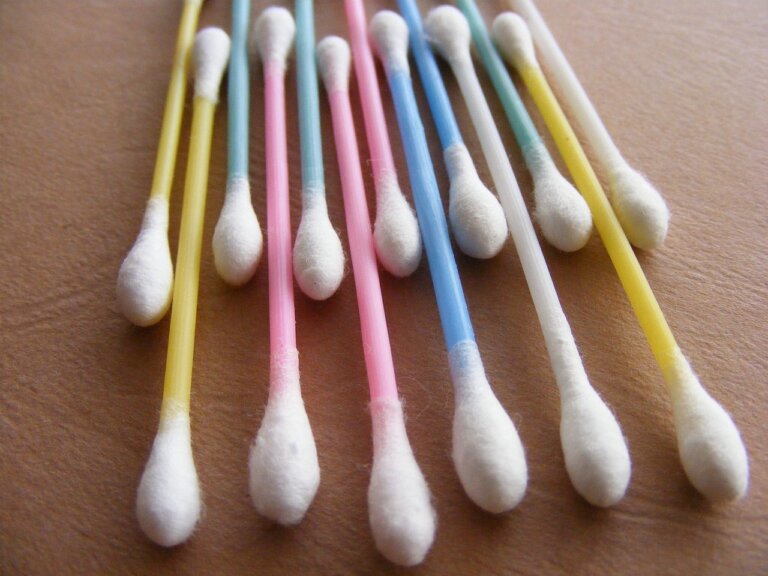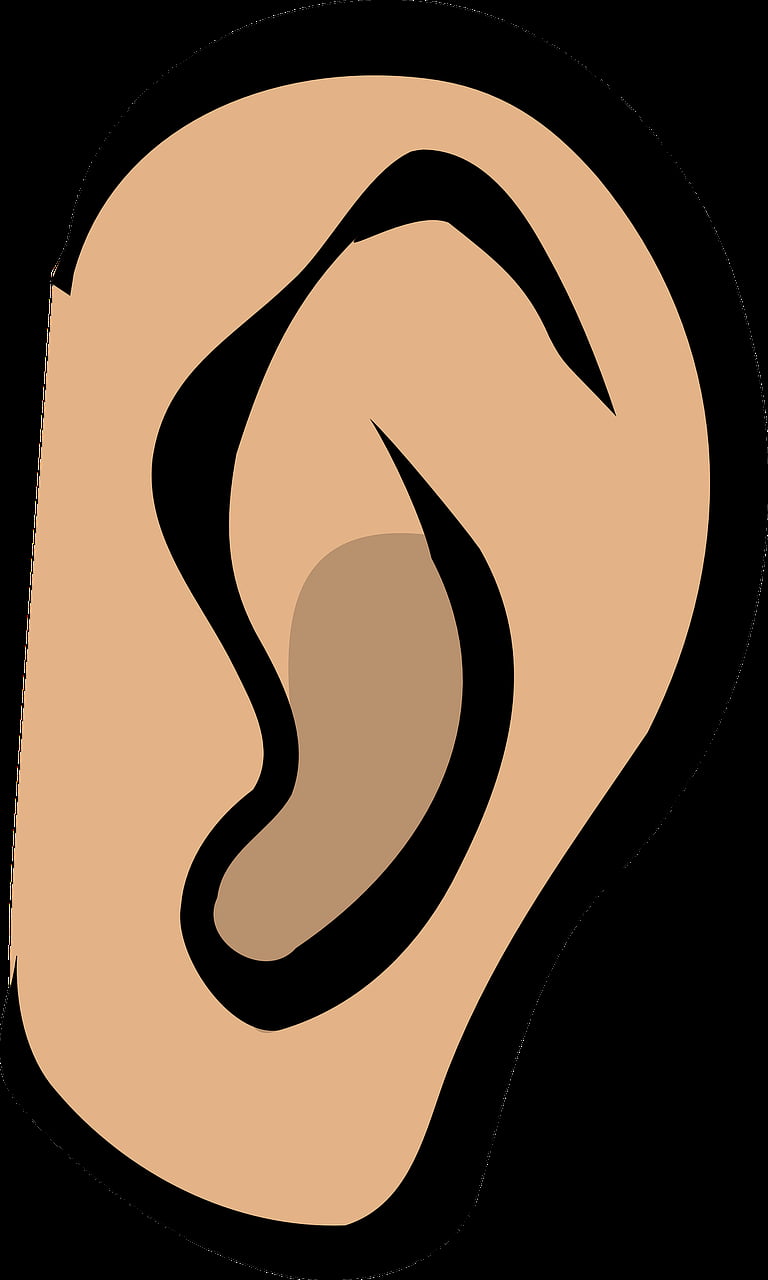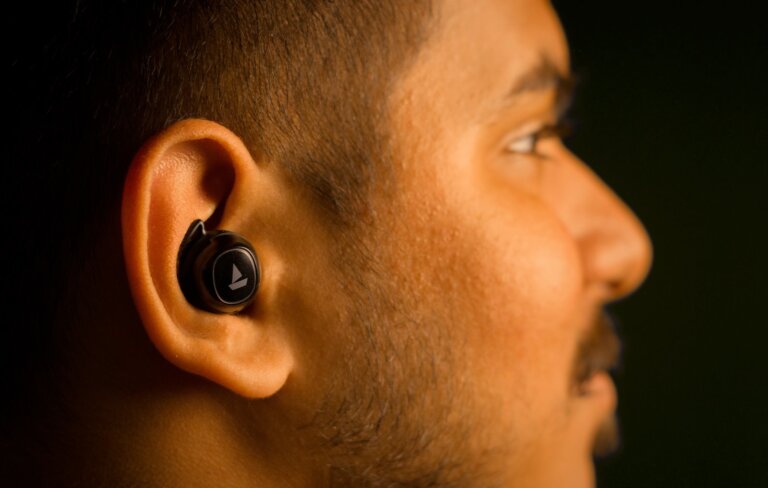A Guide to Beginner Courses in Manual Instrument Ear Wax Removal
Ear wax, medically known as cerumen, is a naturally occurring substance produced by the ear canal to protect and lubricate the ear. While it serves an essential purpose, sometimes ear wax can build up and block the ear canal, resulting in various symptoms such as hearing loss, earache, tinnitus, or even dizziness. In such cases, manual instrument ear wax removal can be a safe and effective solution.
Understanding Manual Instrument Ear Wax Removal
Manual instrument ear wax removal is a technique used to physically remove excess ear wax using specialized tools. It involves the use of instruments such as curettes, suction devices, or forceps to gently extract the wax from the ear canal. This method is commonly performed by trained professionals such as audiologists, ENT specialists, or general practitioners.
Manual instrument ear wax removal is a precise and delicate procedure that requires knowledge and skill. By enrolling in a beginner course, individuals interested in learning this technique can acquire the necessary training to perform it effectively. These courses provide a solid foundation of knowledge and hands-on experience, ensuring that participants gain the skills required for safe and successful ear wax removal.
The Importance of Beginner Courses
Beginner courses play a crucial role in the process of becoming proficient in manual instrument ear wax removal. They provide comprehensive training on the techniques, tools, and safety measures involved in the procedure. By enrolling in a beginner course, individuals can gain the necessary knowledge and practical skills to perform ear wax removal with confidence and accuracy.
One of the key reasons beginner courses are important is that they cover the anatomy and physiology of the ear. Understanding the structure and functions of the ear is vital for performing manual instrument ear wax removal effectively. Beginner courses provide detailed insights into the ear canal, eardrum, and ossicles, enabling participants to develop a deep understanding of how ear wax can impact their normal functioning.
Furthermore, beginner courses educate participants about the causes of ear wax accumulation and impaction. Factors such as excessive wax production and certain lifestyle habits can contribute to the blockage of the ear canal. By learning about these causes, professionals can identify the root causes of wax buildup and provide appropriate solutions to their patients.
What to Expect in Beginner Courses
Beginner courses in manual instrument ear wax removal cover a wide range of topics to ensure that participants gain a deep understanding of the procedure. These courses provide in-depth knowledge and hands-on experience in various aspects related to ear wax removal. Some of the key aspects covered in these courses include:
1. Anatomy and Physiology of the Ear
To perform manual instrument ear wax removal effectively, it is essential to have a thorough understanding of the anatomy and physiology of the ear. Beginner courses provide detailed insights into the structure of the ear, including the ear canal, eardrum, and ossicles. Participants learn about the functions of these components and how ear wax can impact their normal functioning.
Participants also gain knowledge about the different types of ear wax, such as wet or dry wax, as well as the factors that can influence its consistency. Understanding the various types of ear wax helps professionals determine the most appropriate techniques and instruments for removal.
2. Ear Wax Accumulation and Impaction
Participants in beginner courses are educated about the causes of ear wax accumulation and impaction. They learn about the factors that contribute to excessive wax production, as well as the lifestyle habits that can increase the risk of blockage. Understanding these factors helps professionals identify the root causes of wax buildup and provide appropriate solutions.
In addition, participants learn about the symptoms and complications associated with ear wax impaction. This knowledge enables them to recognize the signs of impaction and provide timely intervention to alleviate the discomfort experienced by patients.
3. Types of Manual Instruments
Beginner courses introduce participants to the various manual instruments commonly used in ear wax removal. They learn about the different types of curettes, suction devices, and forceps available, along with their specific uses and limitations. In-depth knowledge of these instruments is vital to ensure safe and effective removal of ear wax.
Participants also learn about the importance of selecting the right instrument based on the individual patient’s needs and the characteristics of their ear wax. Factors such as the consistency of the wax and the presence of any anatomical abnormalities influence the choice of instrument.
4. Techniques and Procedures
Participants gain hands-on experience in performing manual instrument ear wax removal. They learn about the different techniques employed, such as the spoon curette method, suction method, or forceps method. Special emphasis is placed on mastering proper technique, ensuring patient comfort, and minimizing the risk of complications.
Through practical training, participants learn the step-by-step process of removing ear wax using manual instruments. They learn how to position the patient, manipulate the instruments with precision, and ensure thorough removal of the wax without causing harm to the ear canal.
5. Safety and Hygiene Practices
Beginner courses emphasize the importance of maintaining a safe and hygienic environment during ear wax removal procedures. Participants learn about infection control measures, including proper hand hygiene, sterilization of instruments, and the use of personal protective equipment. Safety protocols are stressed to prevent injury or infection during the treatment process.
Participants are educated on the potential risks and complications associated with manual instrument ear wax removal, such as injury to the ear canal or eardrum. They learn how to minimize these risks through careful technique, proper use of instruments, and adherence to safety guidelines.
6. Patient Communication and Education
Effective communication is a crucial aspect of manual instrument ear wax removal. Beginner courses provide guidance on how to communicate with patients, explain the procedure, and address any concerns or questions they may have. Participants also learn about the significance of patient education regarding ear care and prevention of future wax buildup.
Participants are trained to establish a comfortable and trusting rapport with their patients. They learn how to provide clear and concise explanations of the procedure, as well as educate patients on proper ear hygiene practices. By effectively communicating with patients, professionals can ensure their cooperation and understanding throughout the ear wax removal process.
Choosing the Right Beginner Course
When selecting a beginner course in manual instrument ear wax removal, it is essential to consider a few key factors:
-
Accreditation: Ensure that the course is accredited by reputable organizations or professional bodies in the audiology or ENT field. Accreditation ensures that the course meets industry standards and provides quality training.
-
Expert Faculty: Look for courses taught by experienced professionals with a solid background in ear wax removal. Faculty members who have extensive practical experience can provide valuable insights and guidance to participants.
-
Practical Training: Opt for courses that offer hands-on training opportunities to develop the necessary skills and gain practical experience. Practical training allows participants to apply their theoretical knowledge in a supervised environment, enhancing their confidence and proficiency.
-
Continuing Education: Check if the course provides ongoing education and support to keep participants updated with the latest advancements in the field. Ear wax removal techniques and tools may evolve over time, and it is important for professionals to stay updated to provide optimal care.
-
Reviews and Recommendations: Read reviews and seek recommendations from professionals who have previously attended the course to gauge its quality and effectiveness. Feedback from past participants can provide valuable insights into the course content, faculty, and overall learning experience.
By considering these factors, individuals can choose a beginner course that best suits their learning needs and goals in the field of manual instrument ear wax removal.
Conclusion
Enrolling in a beginner course in manual instrument ear wax removal is an excellent step towards becoming proficient in this valuable skill. These courses provide comprehensive training on the techniques, tools, safety measures, and patient communication required to perform effective and safe ear wax removal. By gaining a deep understanding of ear anatomy, types of instruments, and proper procedures, participants can become confident in their ability to provide optimal care for individuals experiencing ear wax-related issues.
Note: The complete article will be published online and must be of the highest quality. The complete article is shown in markdown format below:
“`
Ear wax, medically known as cerumen, is a naturally occurring substance produced by the ear canal to protect and lubricate the ear. While it serves an essential purpose, sometimes ear wax can build up and block the ear canal, resulting in various symptoms such as hearing loss, earache, tinnitus, or even dizziness. In such cases, manual instrument ear wax removal can be a safe and effective solution.
Understanding Manual Instrument Ear Wax Removal
Manual instrument ear wax removal is a technique used to physically remove excess ear wax using specialized tools. It involves the use of instruments such as curettes, suction devices, or forceps to gently extract the wax from the ear canal. This method is commonly performed by trained professionals such as audiologists, ENT specialists, or general practitioners.
Manual instrument ear wax removal is a precise and delicate procedure that requires knowledge and skill. By enrolling in a beginner course, individuals interested in learning this technique can acquire the necessary training to perform it effectively. These courses provide a solid foundation of knowledge and hands-on experience, ensuring that participants gain the skills required for safe and successful ear wax removal.
The Importance of Beginner Courses
Beginner courses play a crucial role in the process of becoming proficient in manual instrument ear wax removal. They provide comprehensive training on the techniques, tools, and safety measures involved in the procedure. By enrolling in a beginner course, individuals can gain the necessary knowledge and practical skills to perform ear wax removal with confidence and accuracy.
One of the key reasons beginner courses are important is that they cover the anatomy and physiology of the ear. Understanding the structure and functions of the ear is vital for performing manual instrument ear wax removal effectively. Beginner courses provide detailed insights into the ear canal, eardrum, and ossicles, enabling participants to develop a deep understanding of how ear wax can impact their normal functioning.
Furthermore, beginner courses educate participants about the causes of ear wax accumulation and impaction. Factors such as excessive wax production and certain lifestyle habits can contribute to the blockage of the ear canal. By learning about these causes, professionals can identify the root causes of wax buildup and provide appropriate solutions to their patients.
What to Expect in Beginner Courses
Beginner courses in manual instrument ear wax removal cover a wide range of topics to ensure that participants gain a deep understanding of the procedure. These courses provide in-depth knowledge and hands-on experience in various aspects related to ear wax removal. Some of the key aspects covered in these courses include:
1. Anatomy and Physiology of the Ear
To perform manual instrument ear wax removal effectively, it is essential to have a thorough understanding of the anatomy and physiology of the ear. Beginner courses provide detailed insights into the structure of the ear, including the ear canal, eardrum, and ossicles. Participants learn about the functions of these components and how ear wax can impact their normal functioning.
Participants also gain knowledge about the different types of ear wax, such as wet or dry wax, as well as the factors that can influence its consistency. Understanding the various types of ear wax helps professionals determine the most appropriate techniques and instruments for removal.
2. Ear Wax Accumulation and Impaction
Participants in beginner courses are educated about the causes of ear wax accumulation and impaction. They learn about the factors that contribute to excessive wax production, as well as the lifestyle habits that can increase the risk of blockage. Understanding these factors helps professionals identify the root causes of wax buildup and provide appropriate solutions.
In addition, participants learn about the symptoms and complications associated with ear wax impaction. This knowledge enables them to recognize the signs of impaction and provide timely intervention to alleviate the discomfort experienced by patients.
3. Types of Manual Instruments
Beginner courses introduce participants to the various manual instruments commonly used in ear wax removal. They learn about the different types of curettes, suction devices, and forceps available, along with their specific uses and limitations. In-depth knowledge of these instruments is vital to ensure safe and effective removal of ear wax.
Participants also learn about the importance of selecting the right instrument based on the individual patient’s needs and the characteristics of their ear wax. Factors such as the consistency of the wax and the presence of any anatomical abnormalities influence the choice of instrument.
4. Techniques and Procedures
Participants gain hands-on experience in performing manual instrument ear wax removal. They learn about the different techniques employed, such as the spoon curette method, suction method, or forceps method. Special emphasis is placed on mastering proper technique, ensuring patient comfort, and minimizing the risk of complications.
Through practical training, participants learn the step-by-step process of removing ear wax using manual instruments. They learn how to position the patient, manipulate the instruments with precision, and ensure thorough removal of the wax without causing harm to the ear canal.
5. Safety and Hygiene Practices
Beginner courses emphasize the importance of maintaining a safe and hygienic environment during ear wax removal procedures. Participants learn about infection control measures, including proper hand hygiene, sterilization of instruments, and the use of personal protective equipment. Safety protocols are stressed to prevent injury or infection during the treatment process.
Participants are educated on the potential risks and complications associated with manual instrument ear wax removal, such as injury to the ear canal or eardrum. They learn how to minimize these risks through careful technique, proper use of instruments, and adherence to safety guidelines.
6. Patient Communication and Education
Effective communication is a crucial aspect of manual instrument ear wax removal. Beginner courses provide guidance on how to communicate with patients, explain the procedure, and address any concerns or questions they may have. Participants also learn about the significance of patient education regarding ear care and prevention of future wax buildup.
Participants are trained to establish a comfortable and trusting rapport with their patients. They learn how to provide clear and concise explanations of the procedure, as well as educate patients on proper ear hygiene practices. By effectively communicating with patients, professionals can ensure their cooperation and understanding throughout the ear wax removal process.
Choosing the Right Beginner Course
When selecting a beginner course in manual instrument ear wax removal, it is essential to consider a few key factors:
-
Accreditation: Ensure that the course is accredited by reputable organizations or professional bodies in the audiology or ENT field. Accreditation ensures that the course meets industry standards and provides quality training.
-
Expert Faculty: Look for courses taught by experienced professionals with a solid background in ear wax removal. Faculty members who have extensive practical experience can provide valuable insights and guidance to participants.
-
Practical Training: Opt for courses that offer hands-on training opportunities to develop the necessary skills and gain practical
FAQ
Q: What is manual instrument ear wax removal?
A: Manual instrument ear wax removal is a technique used to physically remove excess ear wax using specialized tools such as curettes, suction devices, or forceps. It is commonly performed by trained professionals to safely and effectively remove ear wax that has built up and blocked the ear canal.
Q: Why are beginner courses important for manual instrument ear wax removal?
A: Beginner courses are important for manual instrument ear wax removal because they provide comprehensive training on the techniques, tools, and safety measures involved in the procedure. These courses ensure that individuals gain the necessary knowledge and practical skills to perform ear wax removal with confidence and accuracy.
Q: What topics are covered in beginner courses for manual instrument ear wax removal?
A: Beginner courses cover a wide range of topics including the anatomy and physiology of the ear, ear wax accumulation and impaction, types of manual instruments, techniques and procedures, safety and hygiene practices, and patient communication and education.
Q: What should I consider when choosing a beginner course for manual instrument ear wax removal?
A: When choosing a beginner course, it is important to consider factors such as accreditation, expert faculty, practical training opportunities, continuing education, and reviews and recommendations. These factors can help you choose a course that best suits your learning needs and goals in the field of manual instrument ear wax removal.







